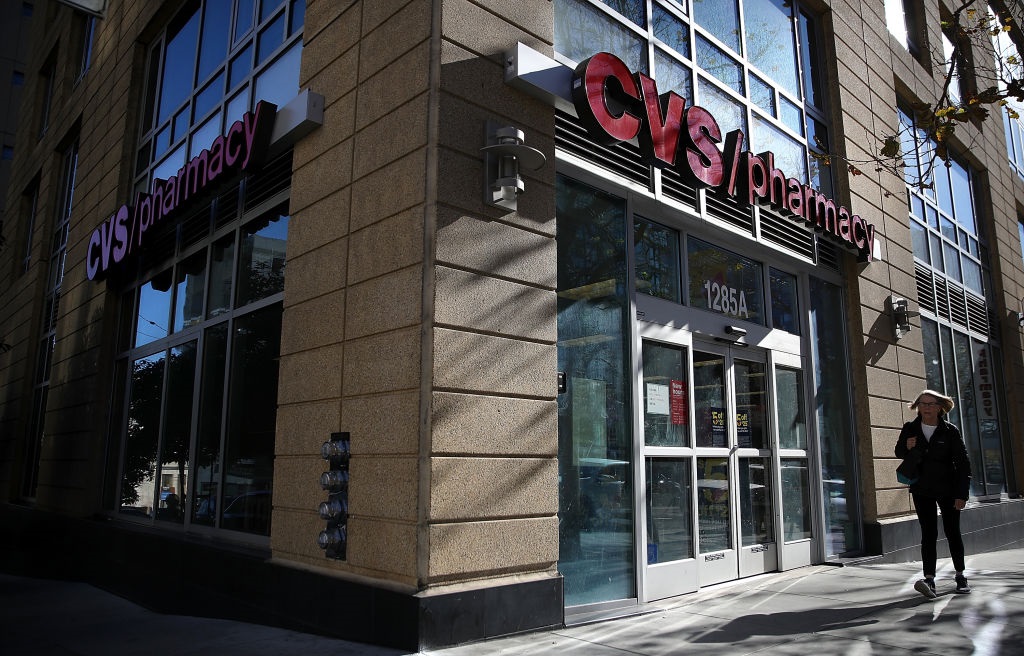Not long ago, consumers seeking basic health advice and medical treatment had to endure long waits in hospital emergency rooms or crowded urgent care clinics. Today, small health care clinics – and related wellness services ranging from optical to pharmacy – can be found in growing numbers in a diversity of retailers. With more than half of America’s consumers worried about the cost of health care and health insurance in the coming year, it’s no wonder then that drugstores, supermarkets and mass market operators are working with renewed effort to attach themselves to the wellness halo by introducing more health-related services into their marketing mix.
As an example, recent news that CVS Health was completing its acquisition of Aetna shed light on where the giant drug chain hopes to position itself within the huge health care system in the US. According to various sources, CVS Health plans to reduce the amount of store space “devoted to retail and shift more to health care.” CVS CEO Larry Merlo told reporters that the company will begin using a greater portion of the floor space in its nearly 10,000 locations to provide medical services.
Retail health clinics are not new a concept. Many major retailers, including Walgreens, Target, Kroger and Walmart, have had some form of health clinics within their stores for a number of years. What is news is that Hartman Group research has found drugstores ranking low with consumers in overall satisfaction, especially when it came to meeting food and beverage needs.
Little wonder, then, that CVS has chosen to shrink front-end CPG-related space in favor of medical services. Mr. Merlo described CVS as “evolving from not just a store that happens to have a pharmacy and products” into “more of a health care destination.” He also described how with Aetna in hand, CVS is pledging to lower costs for patients and improve results.
The experiment may have interesting results with consumers, since health care costs and health insurance are highly significant issues within their lives. Diverse polls during the recent 2018 midterm elections found a majority of voters saying health care is “very important” in making their voting decisions for Congress this year, and at least a quarter choose health care as the “most important issue,” topping all other issues.
Our own Hartman Group research on health and wellness lifestyles finds that the health care environment is a critical aspect of wellness — especially when things go wrong. According to our Health + Wellness 2017 report, over half of consumers are actively dealing with one or more chronic conditions in their households. Consumers across age groups are relatively similar in the average number of conditions they are treating (3.3) and/or preventing (5.2). The top five conditions consumers are treating and preventing are: weight management, anxiety or stress, aches and pains, high blood pressure and high cholesterol.
While wellness culture emphasizes proactive self-knowledge, good health still requires at least occasional interaction with the health care system.
The Affordable Care Act increased access to health care for many consumers. However, its uncertain future has the majority worried: Whether young or old, consumers across the board worry about rising health care costs: 58% of consumers say they are worried about the costs of their health care in the next year, while just over half (52%) said they’re satisfied with their health care plan and premiums. In general, younger consumers are less satisfied with health care plans and are more interested in single-payer options.
Retail health care: Setting the stage
While there is no doubt that the construct of wellness has the potential to be compelling and meaningful for consumers, how can retailers set the stage for health and wellness products and services that resonate with consumers in the contexts of their complex everyday lives?
For example, what it means to “speak the language” of wellness is not what it used to be: Understandings of health and wellness vary substantially across age cohorts. Older consumers have more faith in “traditional” health authorities and advice, and so are perhaps more likely to harken to “traditional” health messaging. Younger consumers, with fewer health issues to begin with and fully invested in the current culture of wellness, will likely respond to more contemporary wellness messaging.
Given consumers’ definitions of wellness as an “ultimate, all-encompassing experience” and the general perception of the mainstream retail setting as being very low on the “emotional experience” scale, there is a tremendous opportunity for bridging the existing gap between consumers’ aspirations and needs and the retail health care experience.
We believe understanding consumers’ attitudes, lifestyles and behaviors will provide the outline for developing a highly effective blueprint for the current and future retail health care model.
Related stories:
- Spas latch onto natural remedies, including CBD
- Should grocers offer dietitians’ services to shoppers?
- FMI report: Looking into the future of retail health and wellness
- Understanding today’s aging consumers: Healthy living and adventures with food
As CEO of The Hartman Group, Laurie drives the vision, strategy, operations and results-oriented culture for the company’s associates as The Hartman Group furthers its offerings of tactical thinking, consumer and market intelligence, cultural competency and innovative intellectual capital to a global marketplace.
__________________________________________________
If you enjoyed this article, sign up for GMA SmartBrief, National Restaurant Association SmartBrief and FMI dailyLead to get news like this in your inbox, or check out all of SmartBrief’s food and travel newsletters as we offer more than 30 newsletters covering the food and travel industries from restaurants, food retail and food manufacturing to business travel, the airline and hotel industries and gaming.
